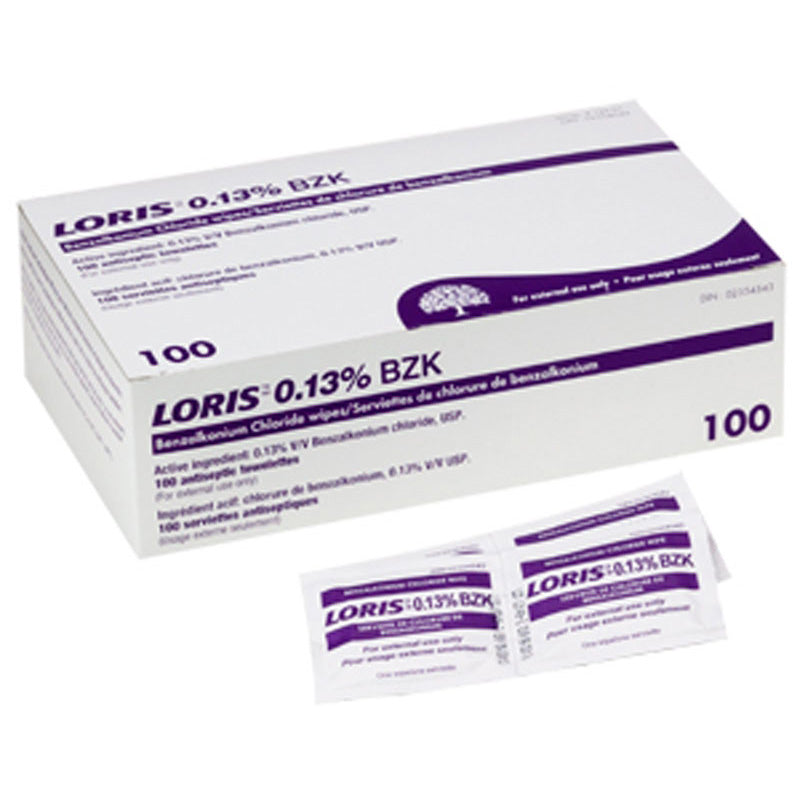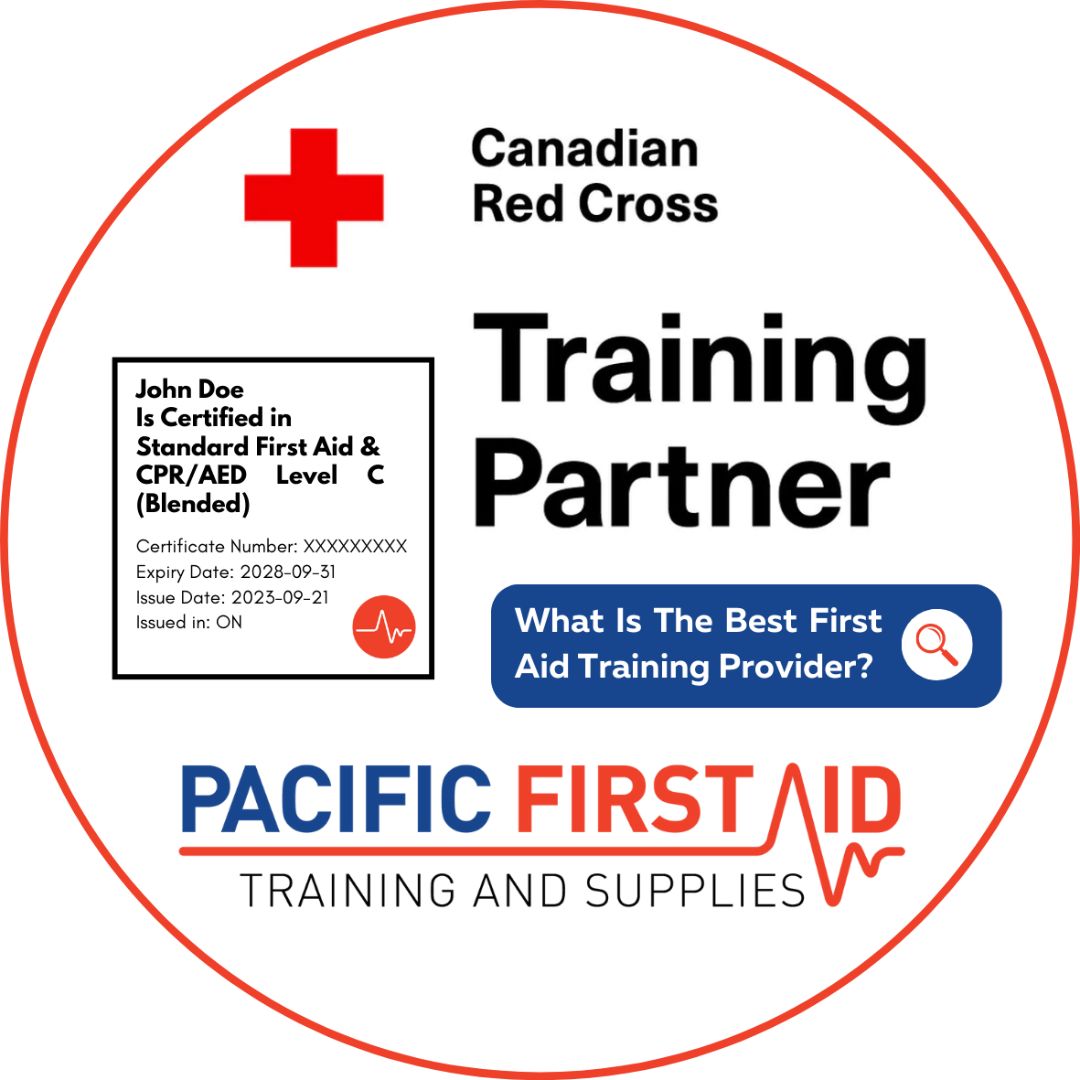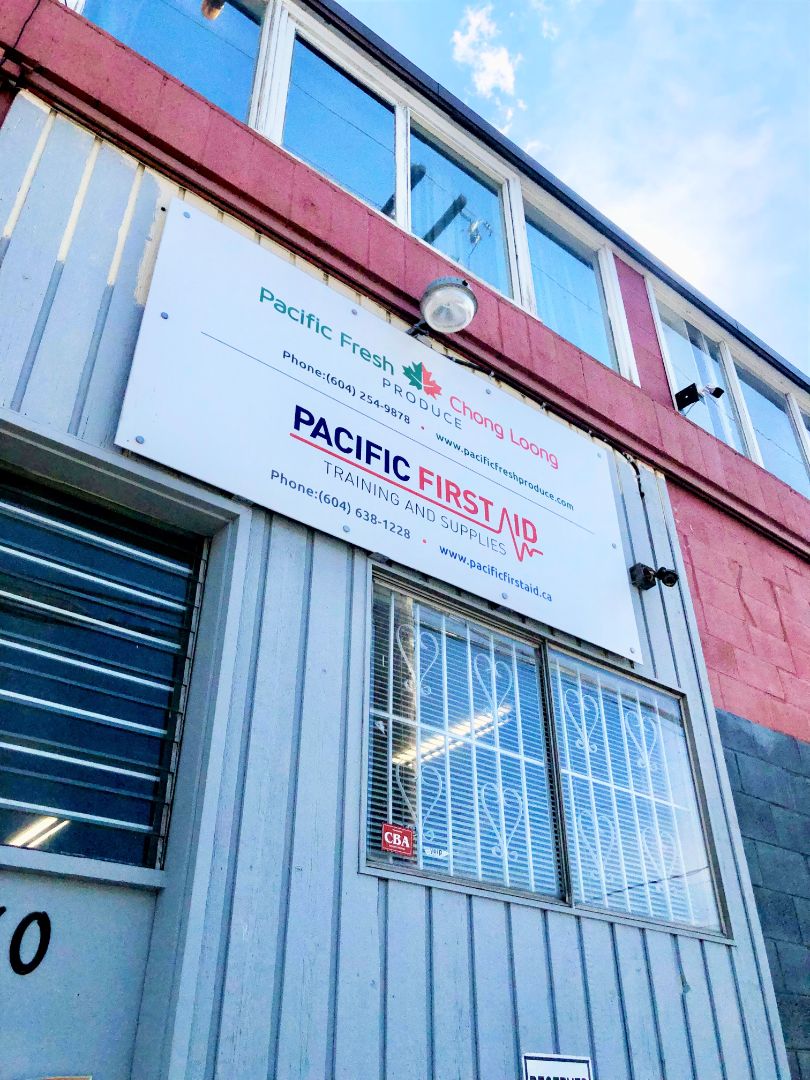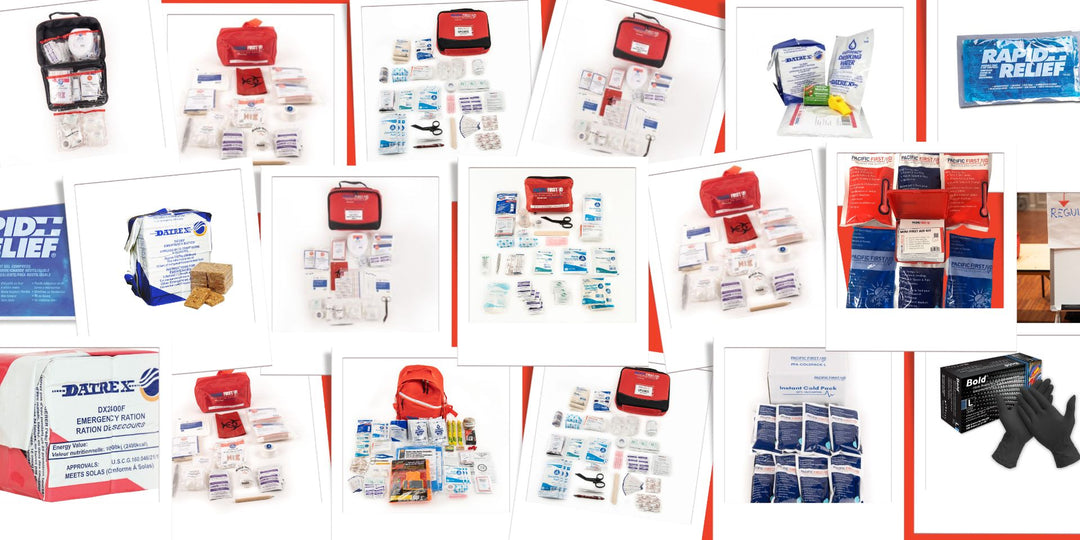
Why Your Kids Should Learn CPR
Photo Credit: Stormy All
There’s a common misconception that first aid classes and CPR are only meant for teenagers and adults. According to an article published by ABC News, at the age of, kids can retain the skills and knowledge needed to perform CPR. Even though many children don’t have the strength to carry out full chest compressions for long periods of time, they have the cognitive skills down. At Pacific First Aid, we have a variety of youth programs and first aid products that your child can use to make their own first aid kit while perfecting their CPR skills.
- Asthma Attacks
A lot of people suffer from asthma, especially kids. In the United States alone, approximately 25 million people have this chronic disease. In the event that someone doesn’t have their inhaler and they’re having an attack, CPR can come into play. When kids have basic CPR training and certification, they’ll be able to handle these situations.
- Head Injuries
Whether it’s from gym class, playing outside or sports, head injuries do happen. According to the Red Cross, ⅓ of teenagers have suffered from a head injury (concussions for example). In order to prevent further damage to the brain and spinal cord, these types of injuries need to be handled properly. In the instance that someone falls unconscious, knowing CPR is very helpful.
- Cardiac Arrest
According to the American Heart Association, roughly 350,000 people experience cardiac arrest in the United States. Because most of these occur outside of a hospital, approximately 90% don’t survive. There’s value in learning CPR at any age and in many cases, kids are enthusiastic to learn new skills and information. . If kids and teenagers can use these skills in their own homes, they can help friends and family members outside of medical care in times of an emergency. The two most important things you can do if you see someone going through cardiac arrest is call 911 and if you’re performing CPR, remember to push hard and fast in the center of the chest while singing “Stayin’ Alive” by the Bee Gees.
- Choking
No matter what setting you’re in, choking can occur at any moment. If a person stops breathing and becomes unconscious, CPR will have to be administered. The universal signs for choking include the inability to talk, difficulty or loud breathing, coughing and skin and lips turning blue. When things get more serious, the Red Cross recommends the “five-and-five” approach: give 5 back blows, 5 abdominal thrusts and alternate 5 until the blockage has been removed.
CPR and first aid certification helps save lives around the world and kids should have the opportunity to learn it. There’s anecdotal evidence that children have helped save the lives of adults. Even though some kids don’t possess the physical strength to administer full chest compressions, there’ve been moments where they recognize what’s happening and they’ll act accordingly. Pacific First Aid is a great resource for teaching people of all ages the skills and knowledge behind first aid and CPR.






